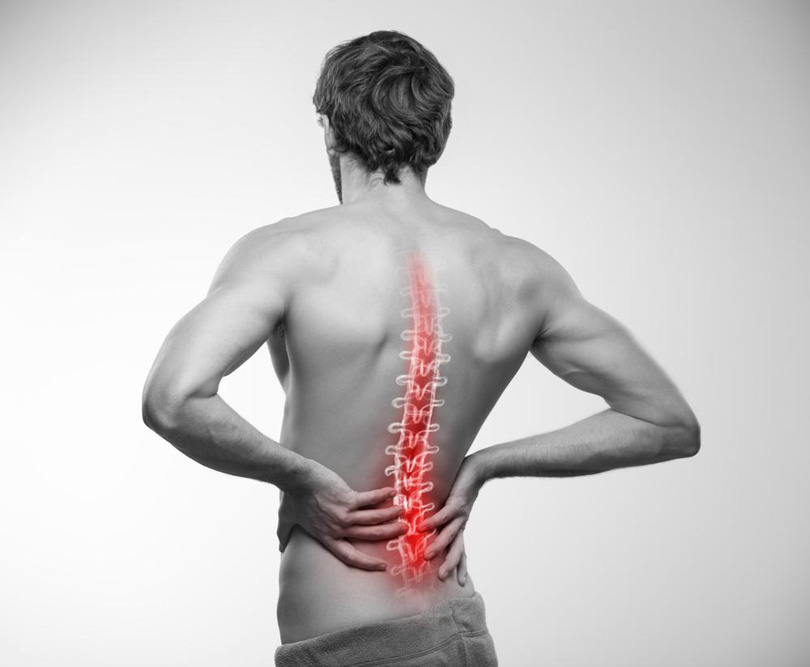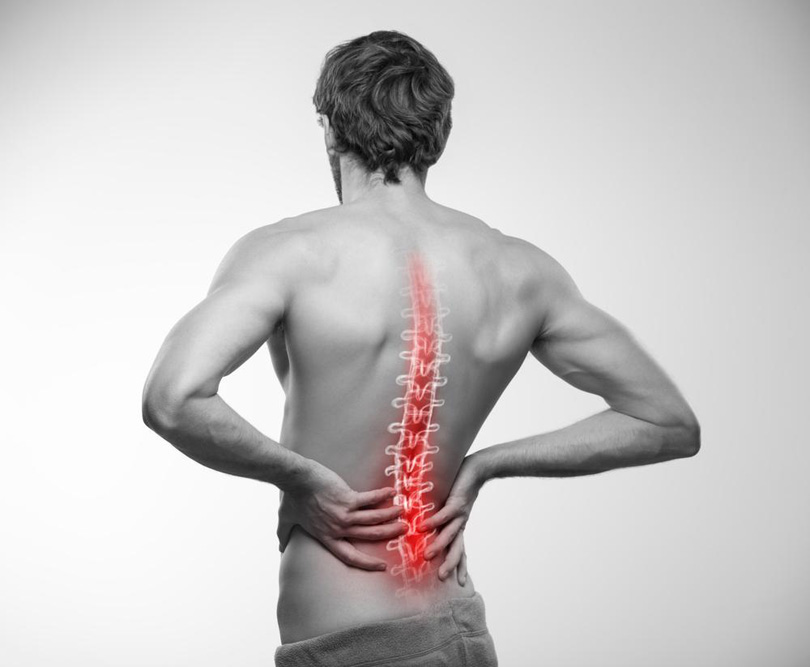How to Effectively Differentiate Between Back Pain and Kidney Discomfort
This comprehensive guide details how to distinguish between back pain and kidney discomfort by examining the pain's location, nature, spread, and associated symptoms. Recognizing key differences is essential for timely medical diagnosis and effective treatment, especially since the causes require different approaches. Learn how to identify the signs, from dull aches and sharp pains to radiation patterns and accompanying symptoms like urinary issues and fever, to ensure proper health management and avoid complications.

Understanding the Key Differences Between Back Pain and Kidney-Related Discomfort
Experiencing pain in the back region is a common issue that affects many individuals at some point in their lives. The challenge often lies in determining whether the discomfort originates from muscular strain or from issues related to the kidneys. Since these pain sources require different treatments, understanding how to distinguish between back pain and kidney discomfort is essential for timely and effective medical intervention. This in-depth guide provides comprehensive insights into identifying the root cause of your pain through careful analysis of location, character, and accompanying symptoms.
Locating the Discomfort
Back pain primarily occurs in the lumbar region—the lower back area—and can radiate to the buttocks or upper legs. It is often centered around muscles, bones, or soft tissues of the back itself. The pain can be dull or sharp, localized or diffuse, depending on the underlying cause.
Kidney pain, however, is localized in the flank areas, which are found on each side of the spine, roughly below the rib cage and above the hips. Typically, kidney discomfort is unilateral, affecting one side of the body, although bilateral symptoms can occur in certain conditions. The sensation is often described as a deep, stabbing ache that is distinctly different from muscular pain.
Characteristics and Nature of the Pain
Muscle-related discomfort commonly manifests as a dull, aching pain that persists over time and tends to worsen with physical activity or certain movements. In contrast, nerve-related issues often produce a sharp, burning sensation that may radiate down the buttocks, thighs, or even into the feet, indicating nerve irritation or compression.
Sudden, severe pain that fluctuates or comes in waves could signal the presence of kidney stones, especially if associated with urinary symptoms. Such pain often occurs in episodes and may be extremely intense.
Infections affecting the kidneys usually cause a constant dull ache that does not significantly change with position or movement. Additionally, the pain may intensify with certain movements or physical activity.
Dissemination and Radiation of Pain
Back muscle pain predominantly remains concentrated in the lower back without radiating far from the origin. However, nerve-related back pain can extend downward into one or both legs, leading to sciatic symptoms like tingling or numbness.
Kidney pain often radiates toward the lower abdomen and inner thighs, reflecting its deeper, visceral origin. Such radiation is a key indicator differentiating it from musculoskeletal back pain.
Severity and Duration of Discomfort
The duration of back pain can vary: acute pain lasts a few days to weeks, subacute may endure from six weeks to three months, and chronic back pain persists beyond three months, often requiring specialized treatment.
Kidney stone pain is characteristically severe and intense, often described as one of the most painful experiences. Conversely, discomfort from infections tends to be milder but persistent.
Associated Symptoms for Accurate Identification
Back pain may be accompanied by muscle spasms, tenderness, swelling, or limited mobility in the back area.
Symptoms indicating kidney problems include nausea, vomiting, chills, fever, dark-colored urine, painful urination, recent urinary tract infections, or visible blood in the urine. These signs suggest an underlying infection or stone obstructing the urinary tract.
Consulting a healthcare professional is crucial for an accurate diagnosis. Proper evaluation will guide appropriate treatment strategies, whether involving medication, physical therapy, or more advanced interventions for kidney issues.




